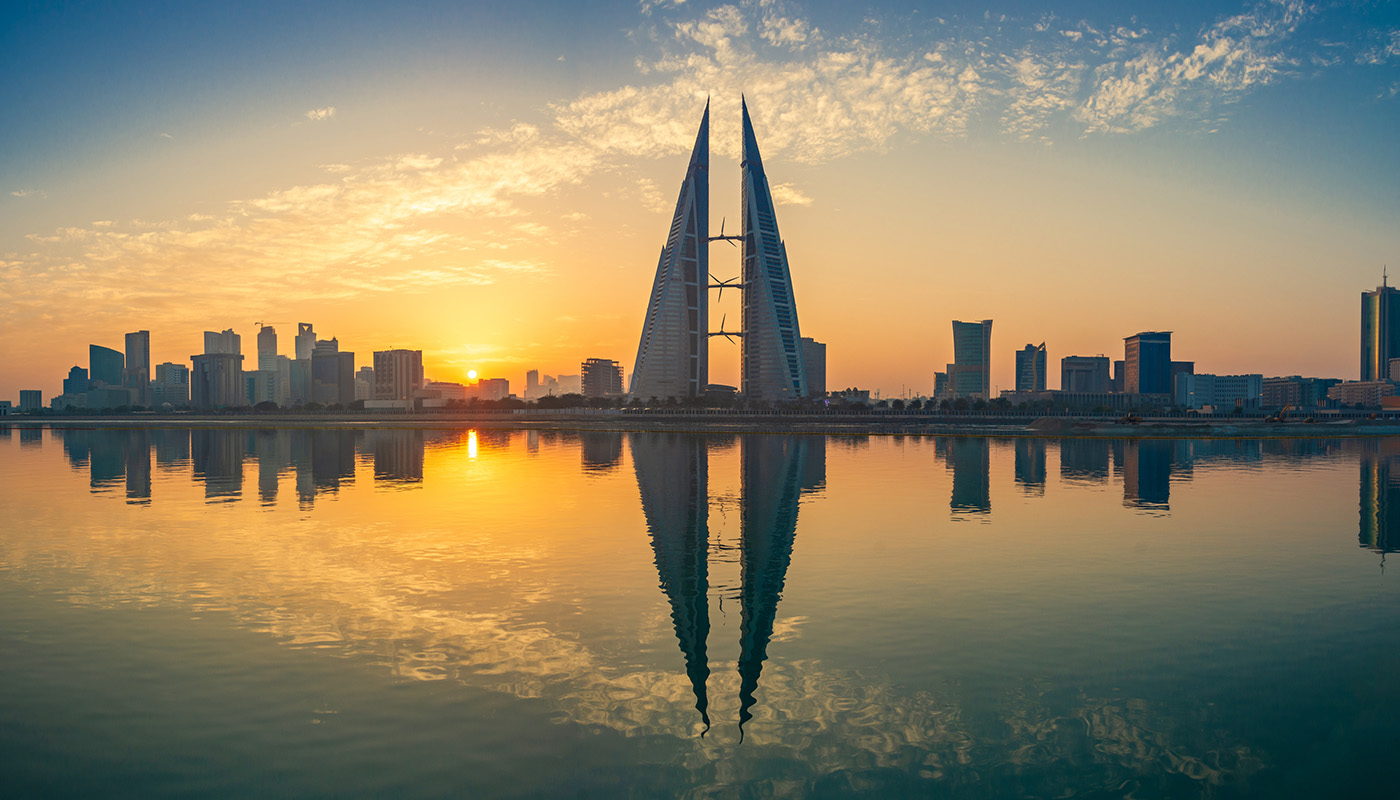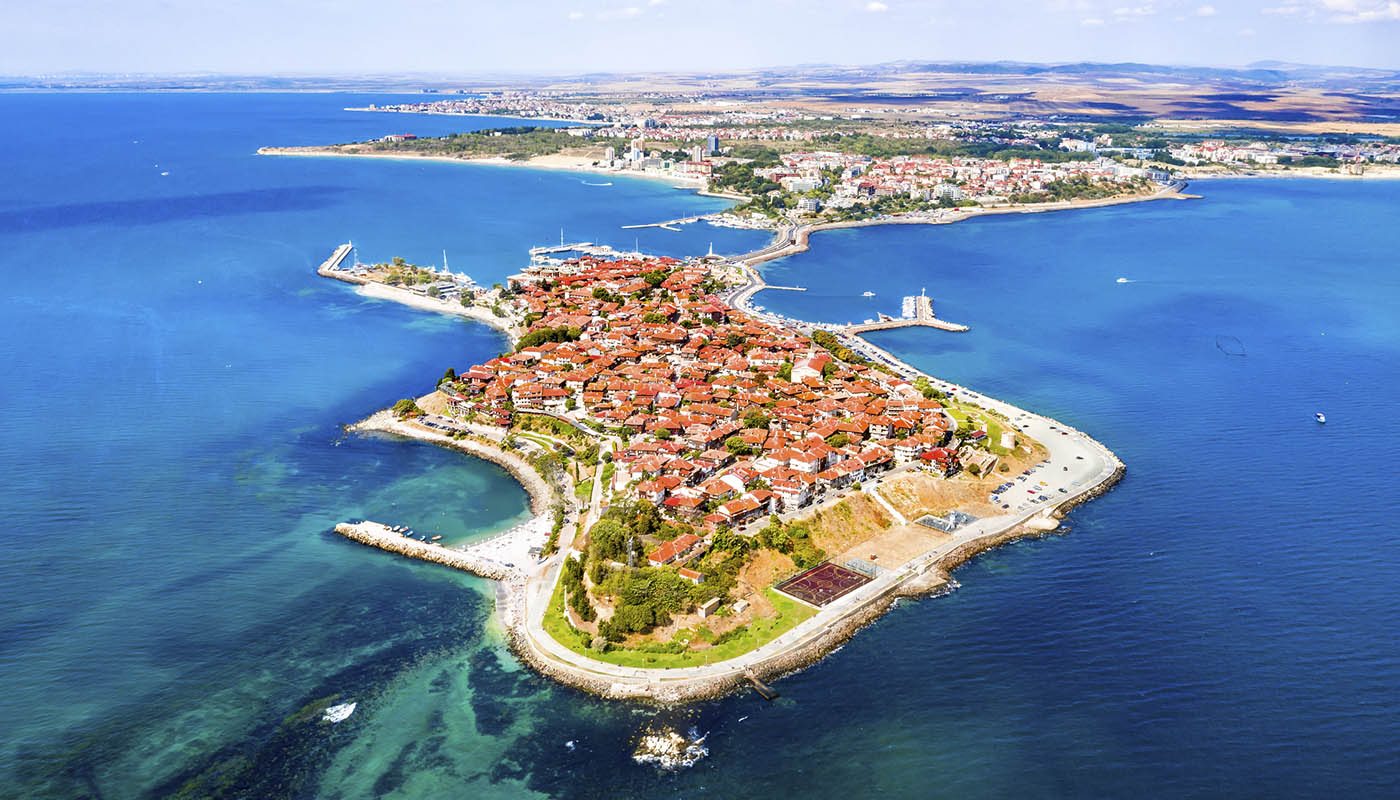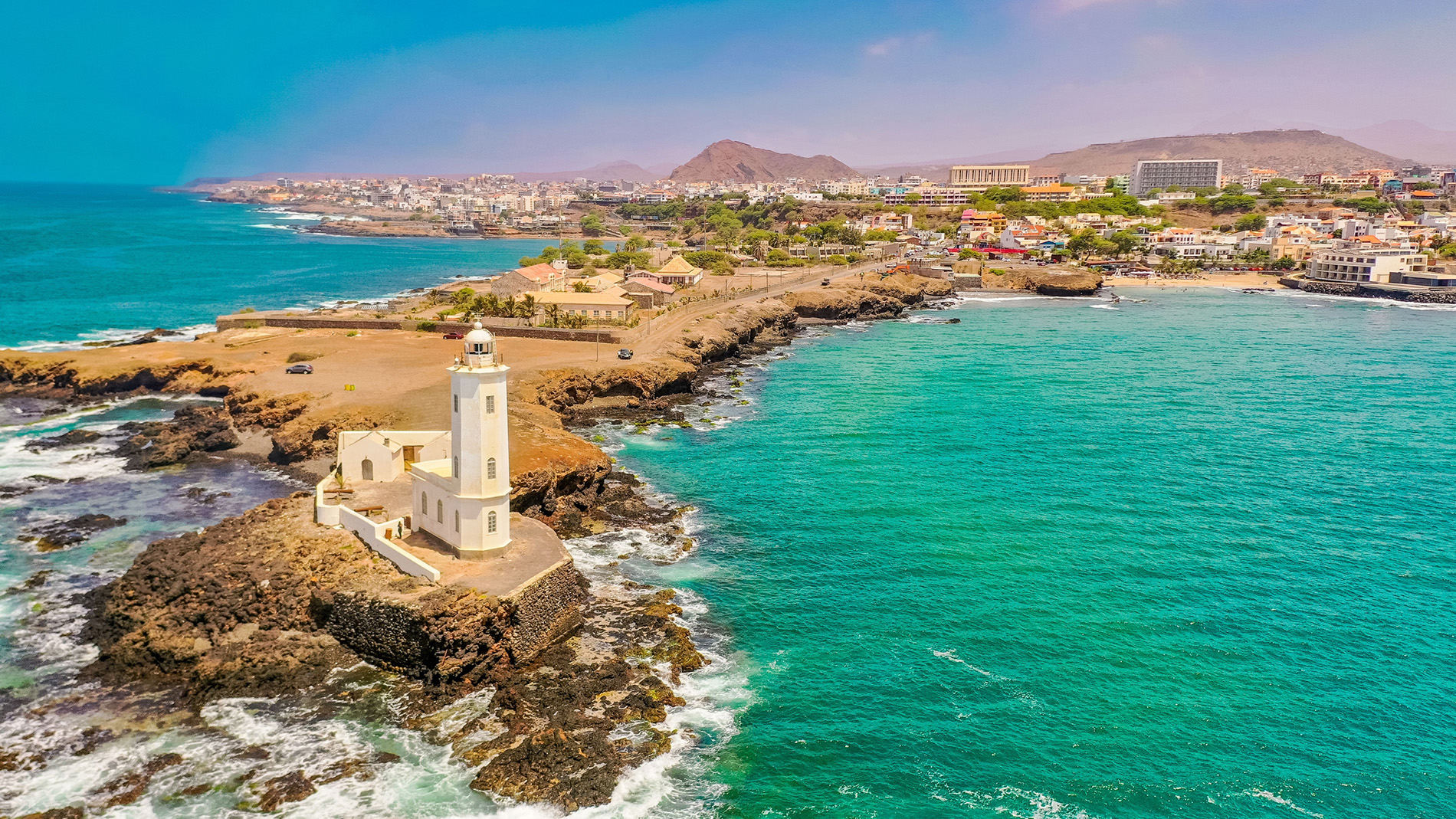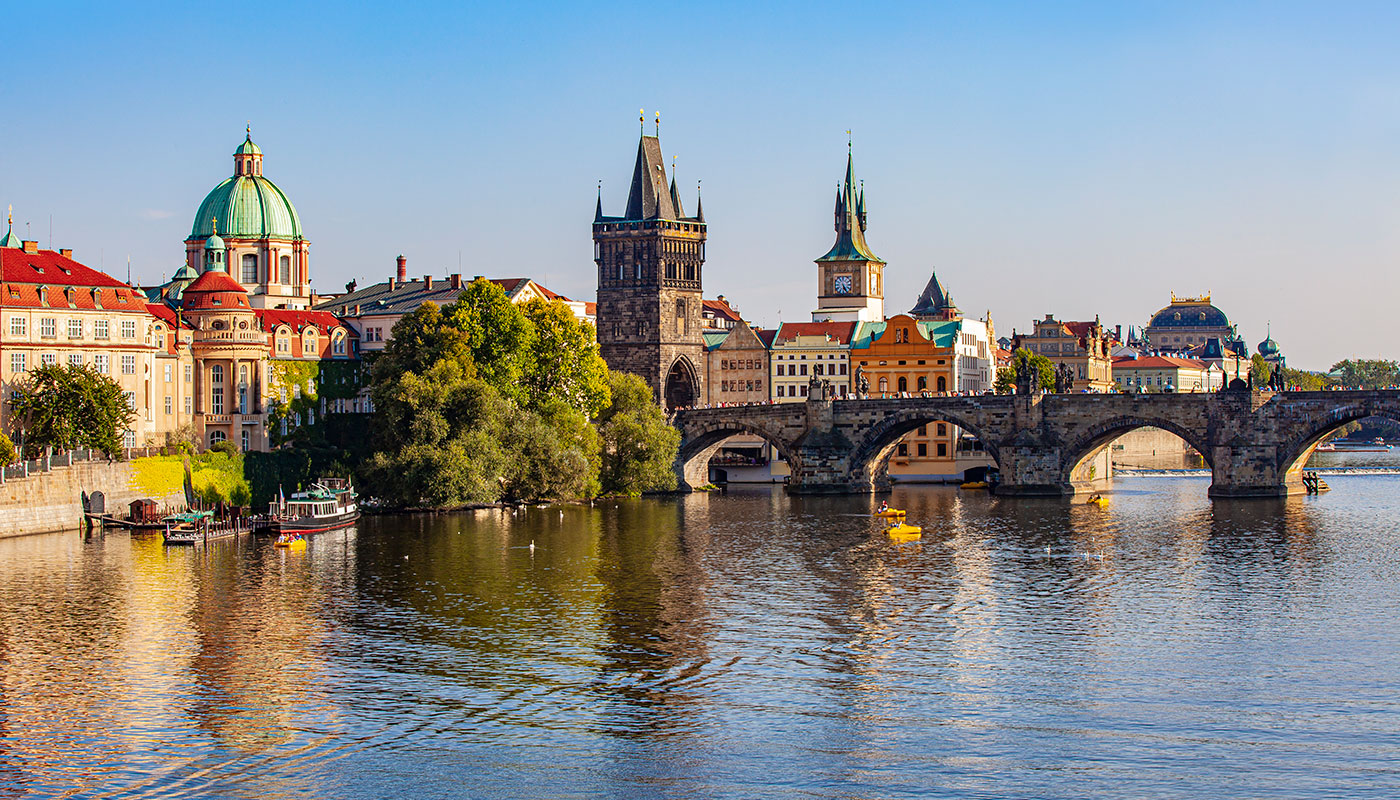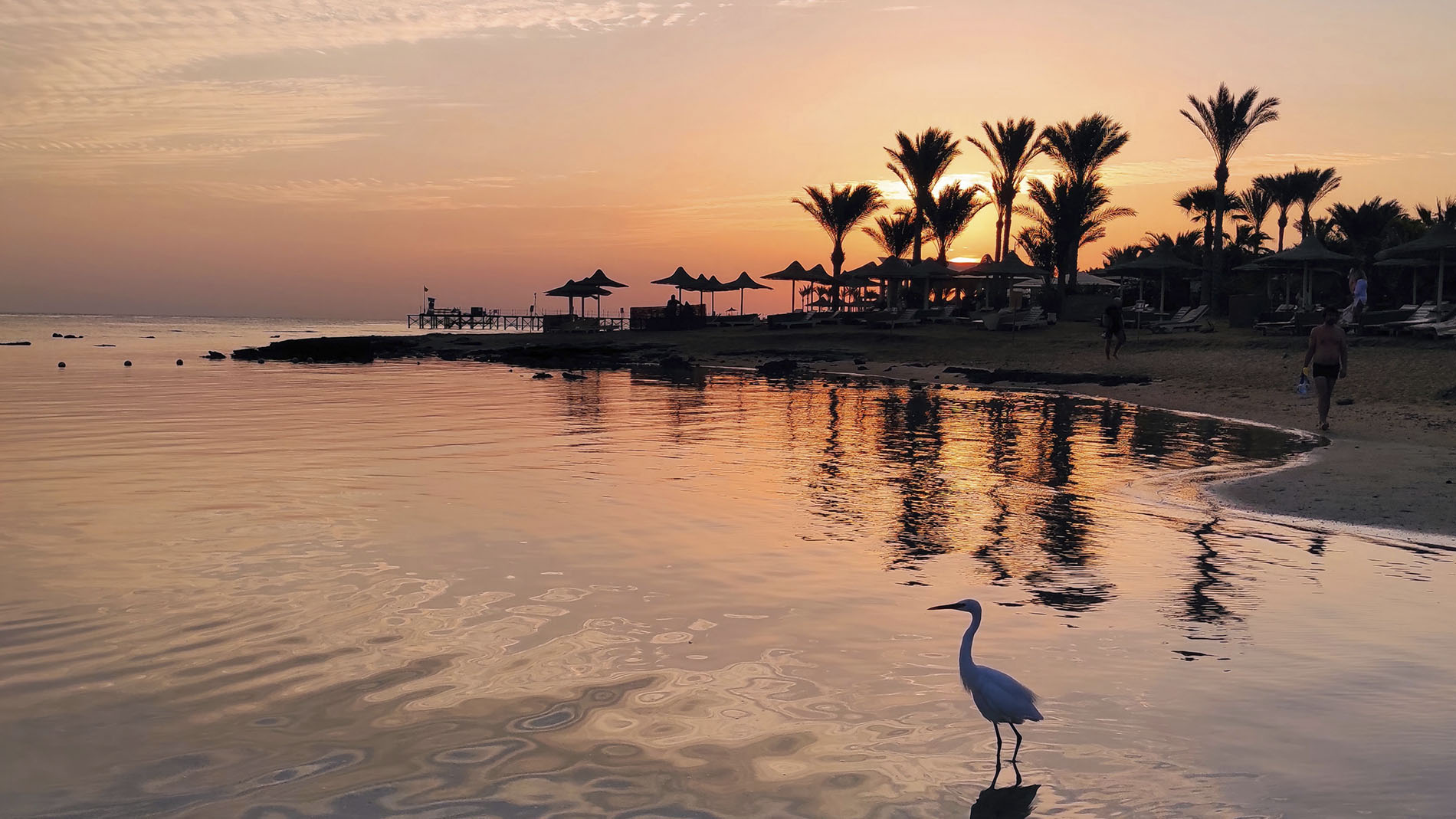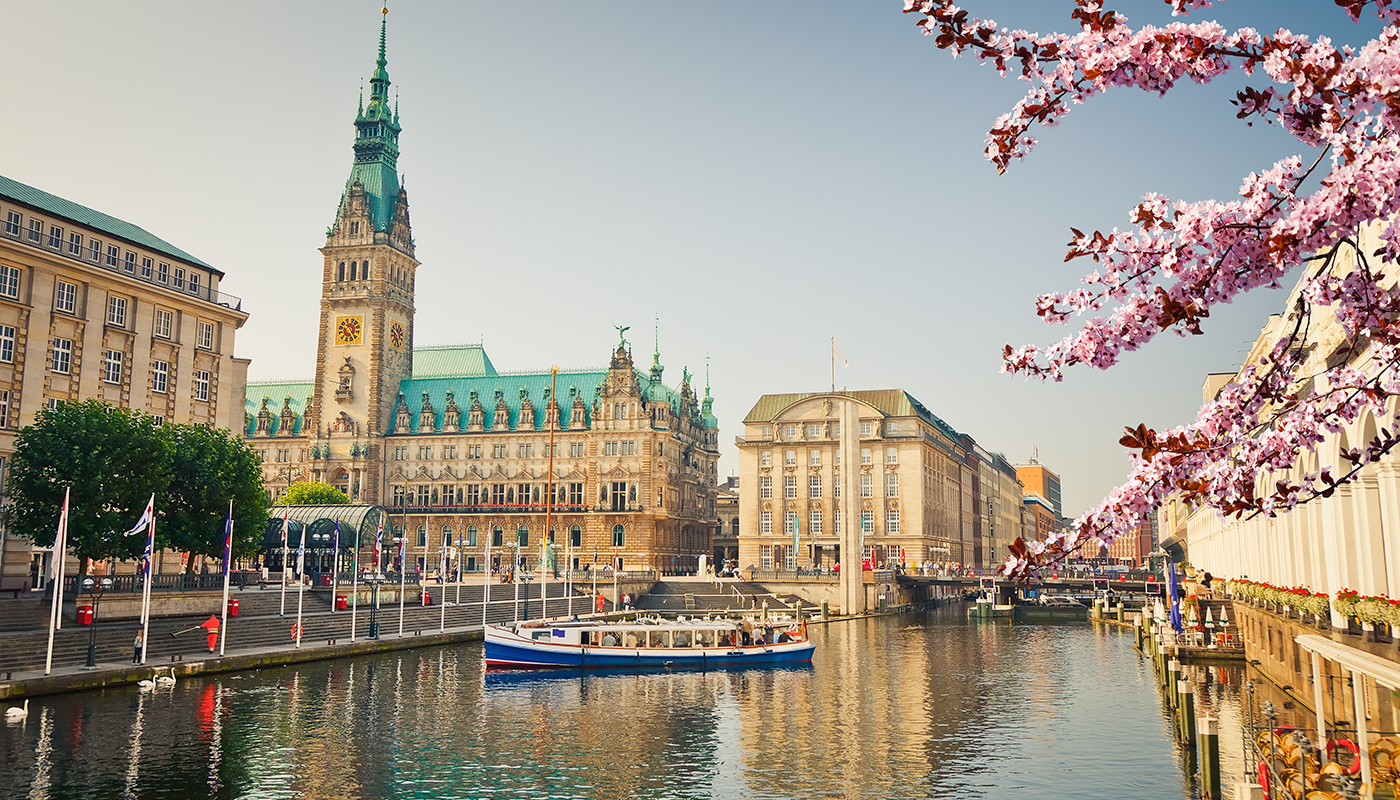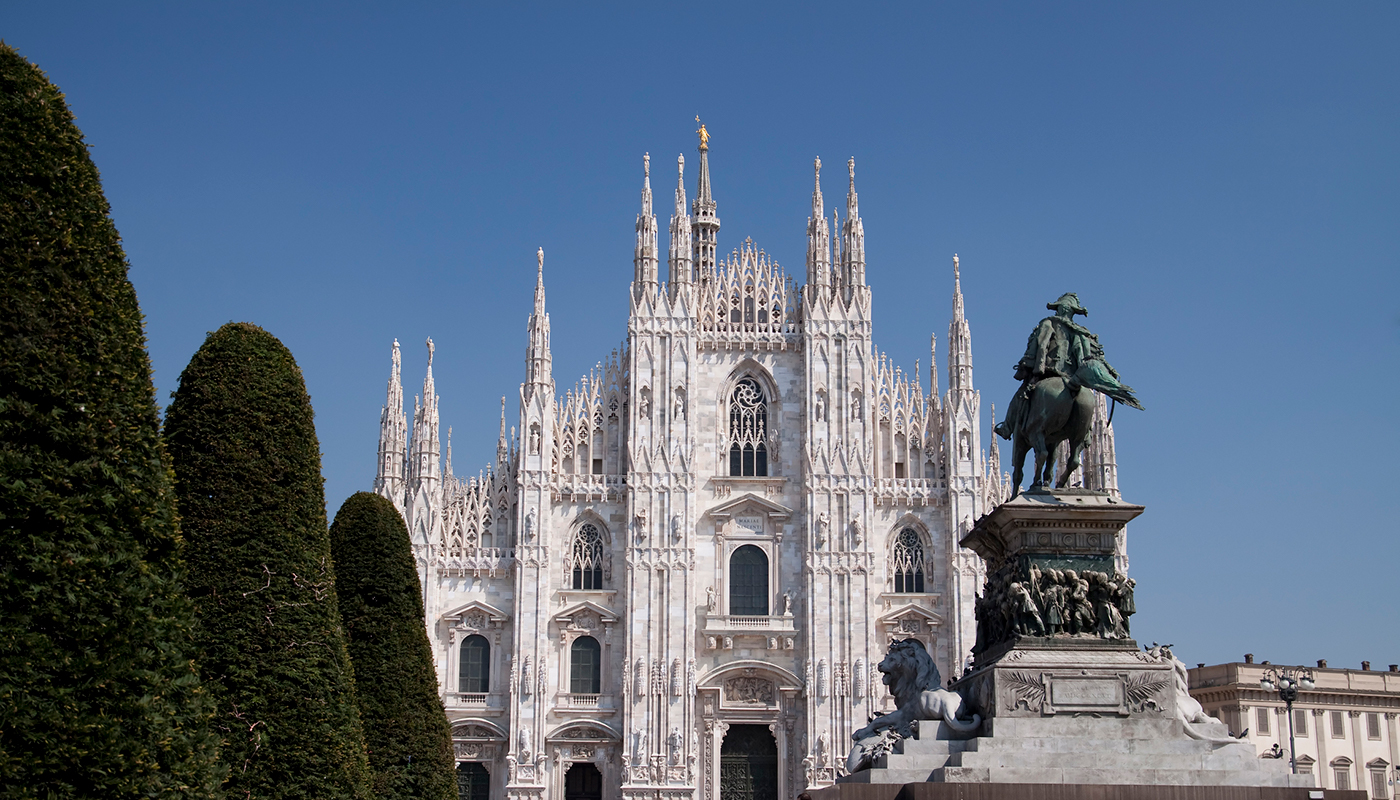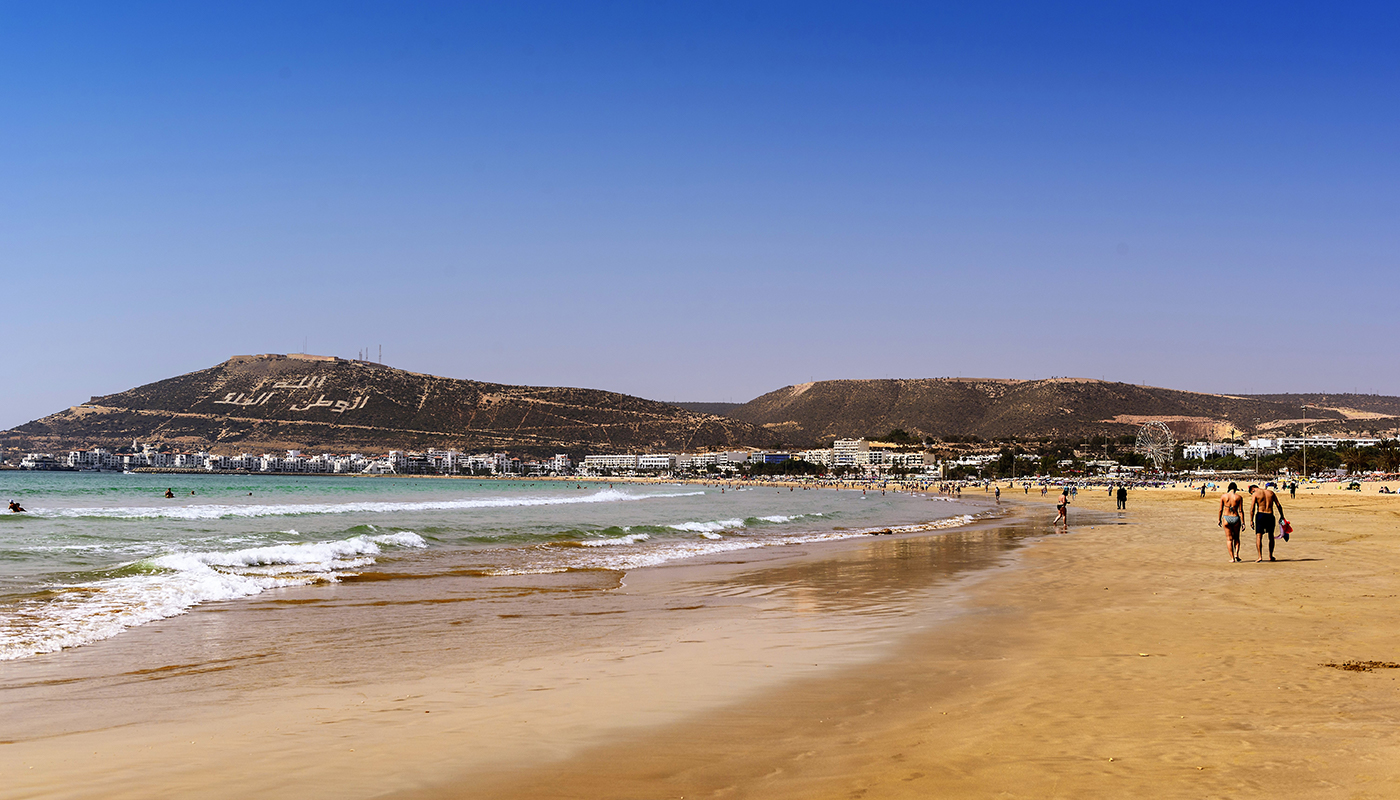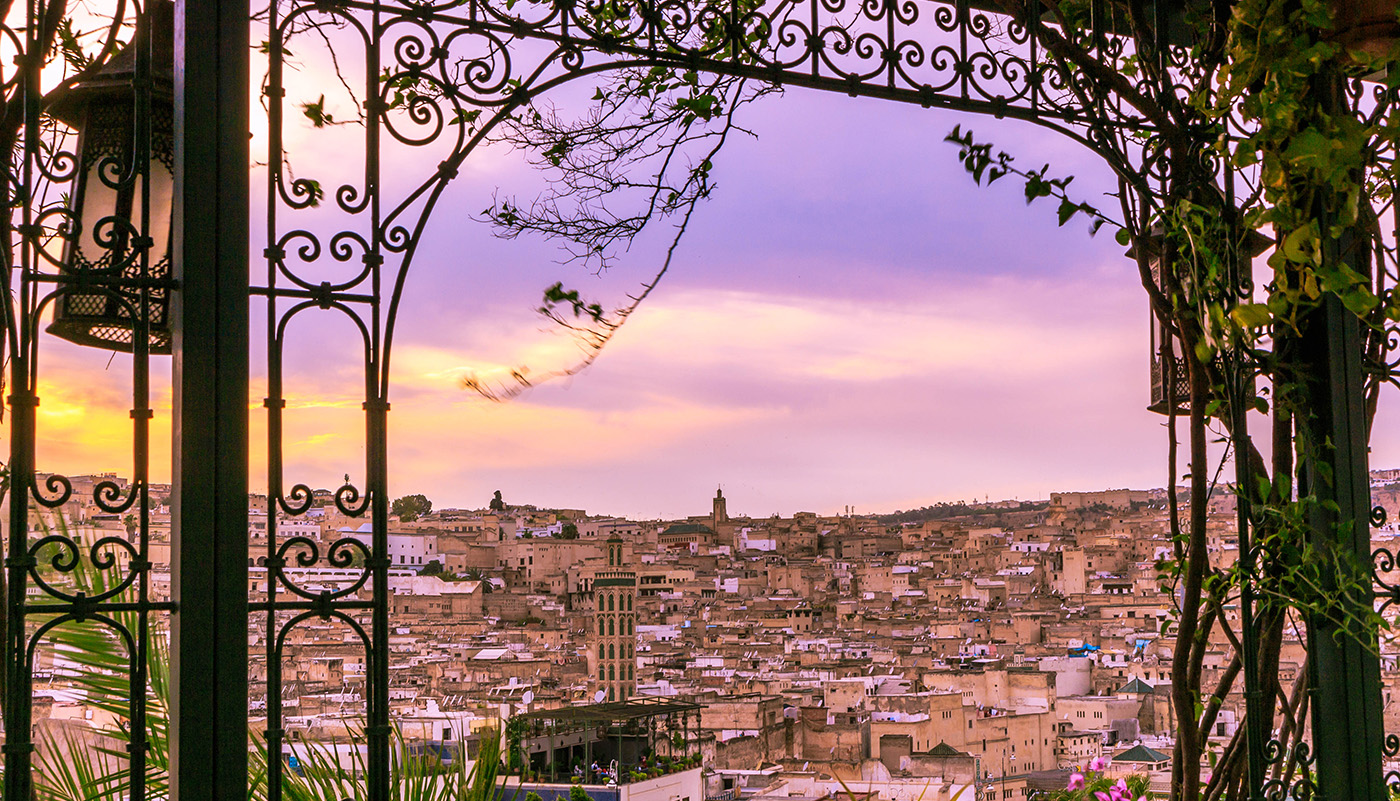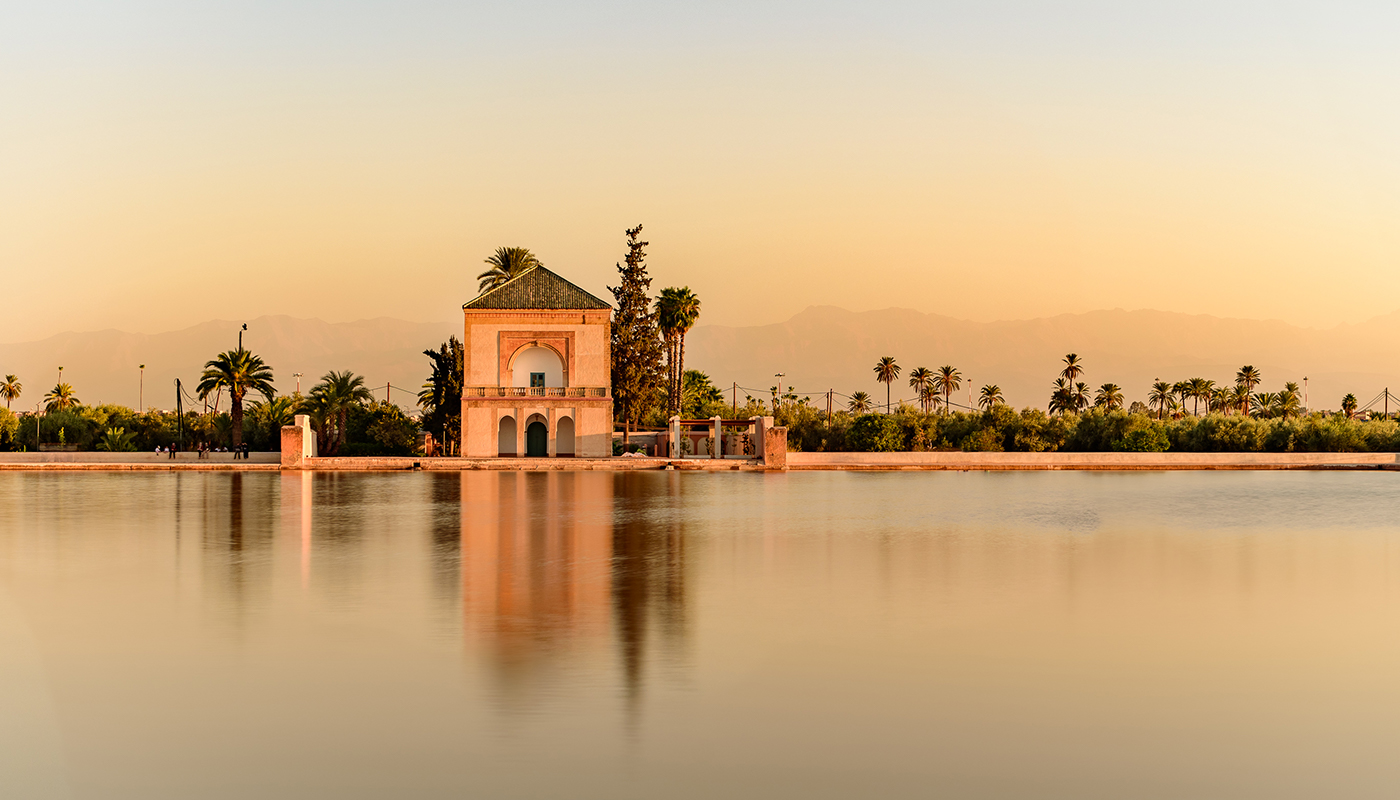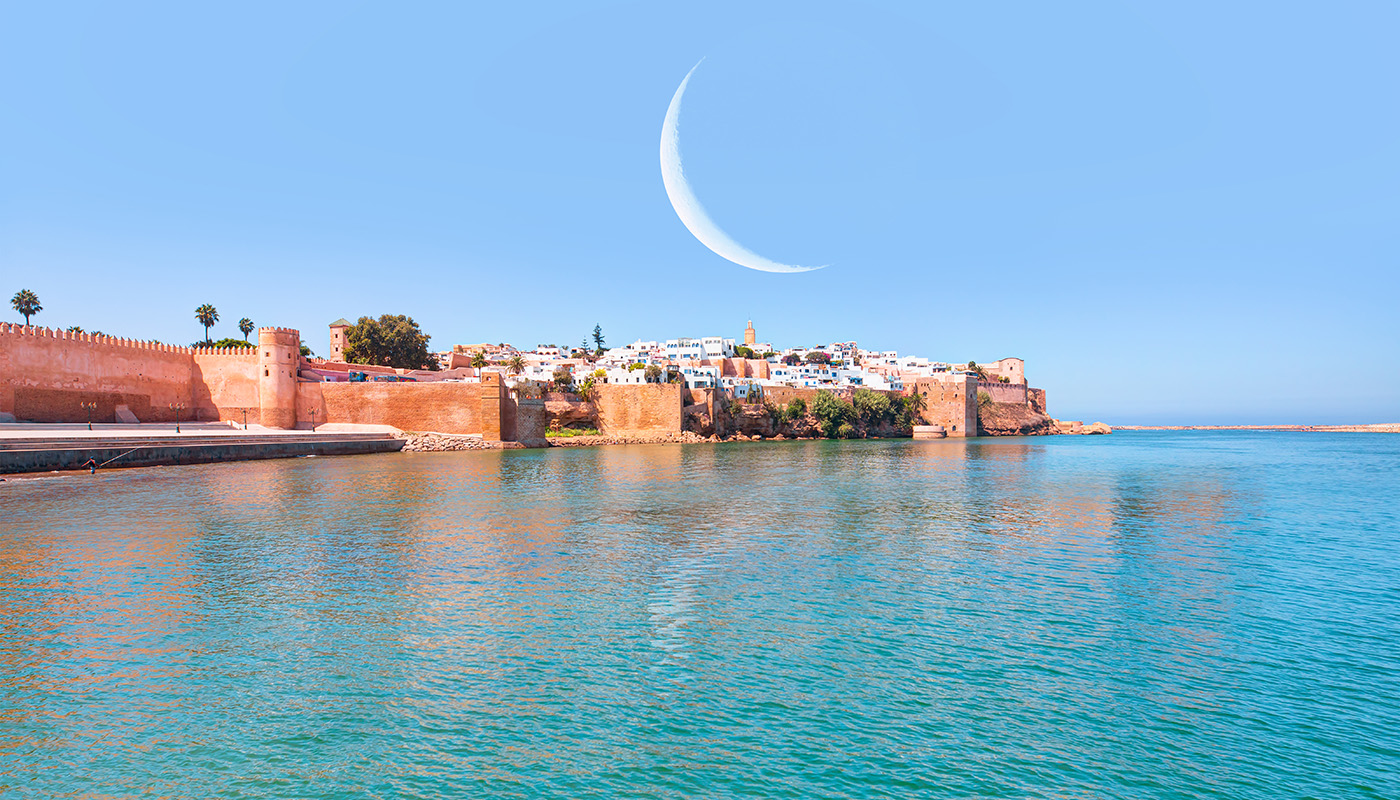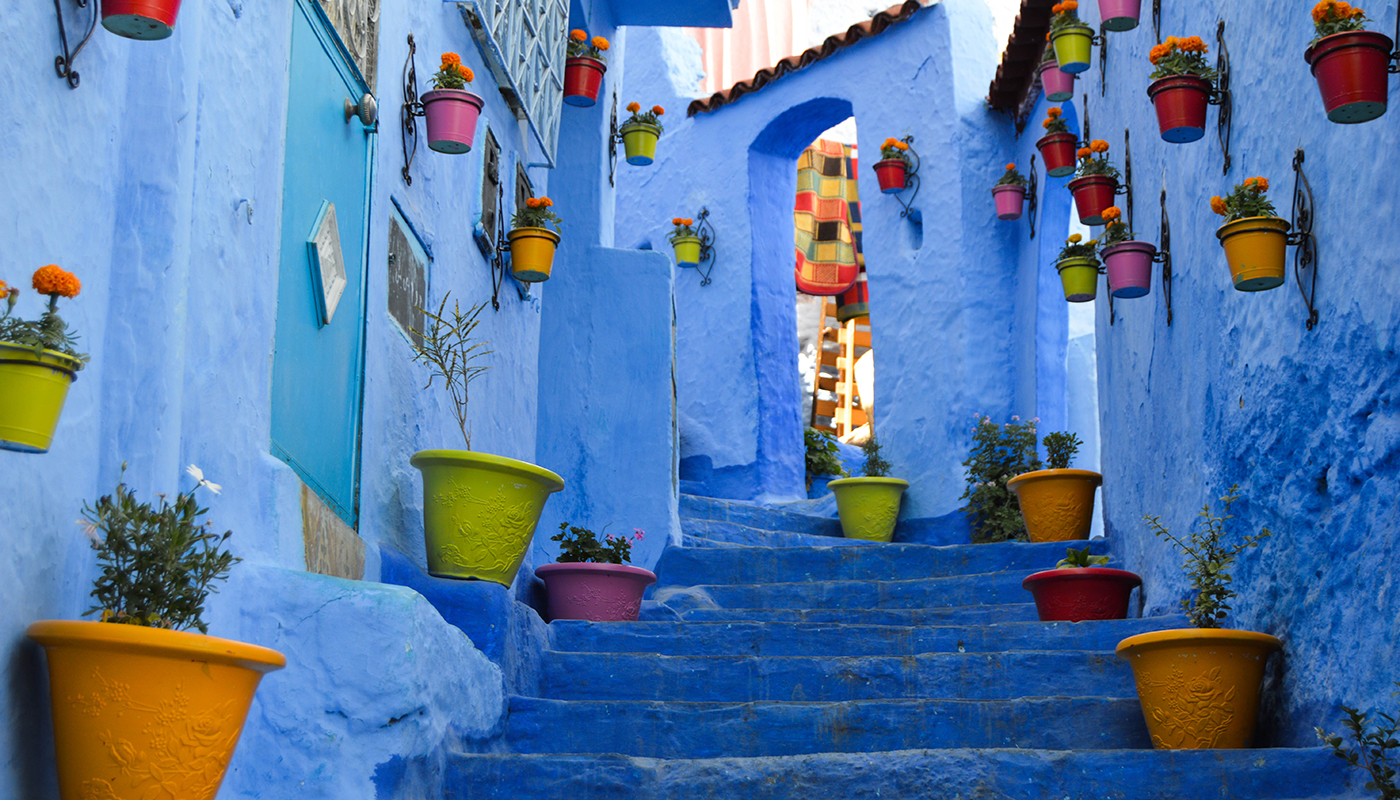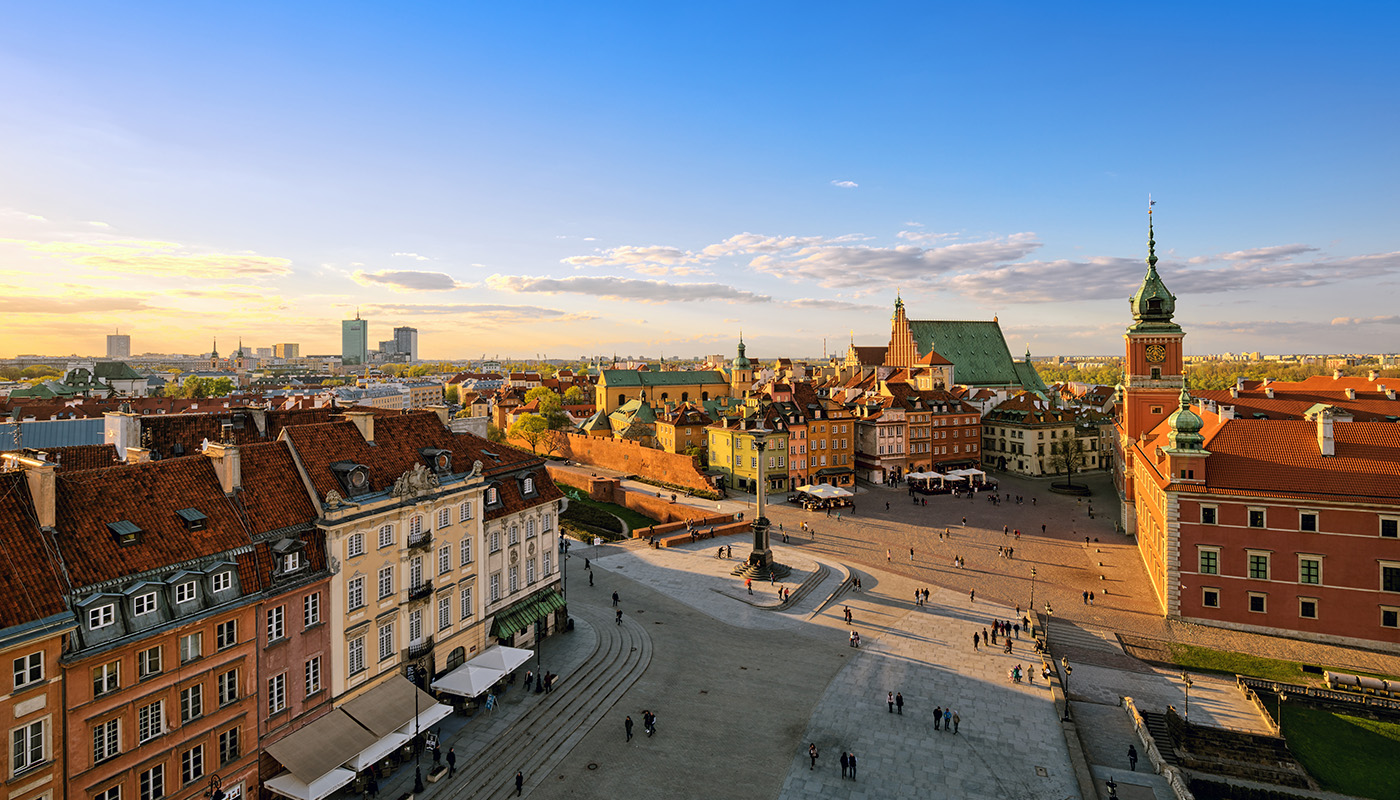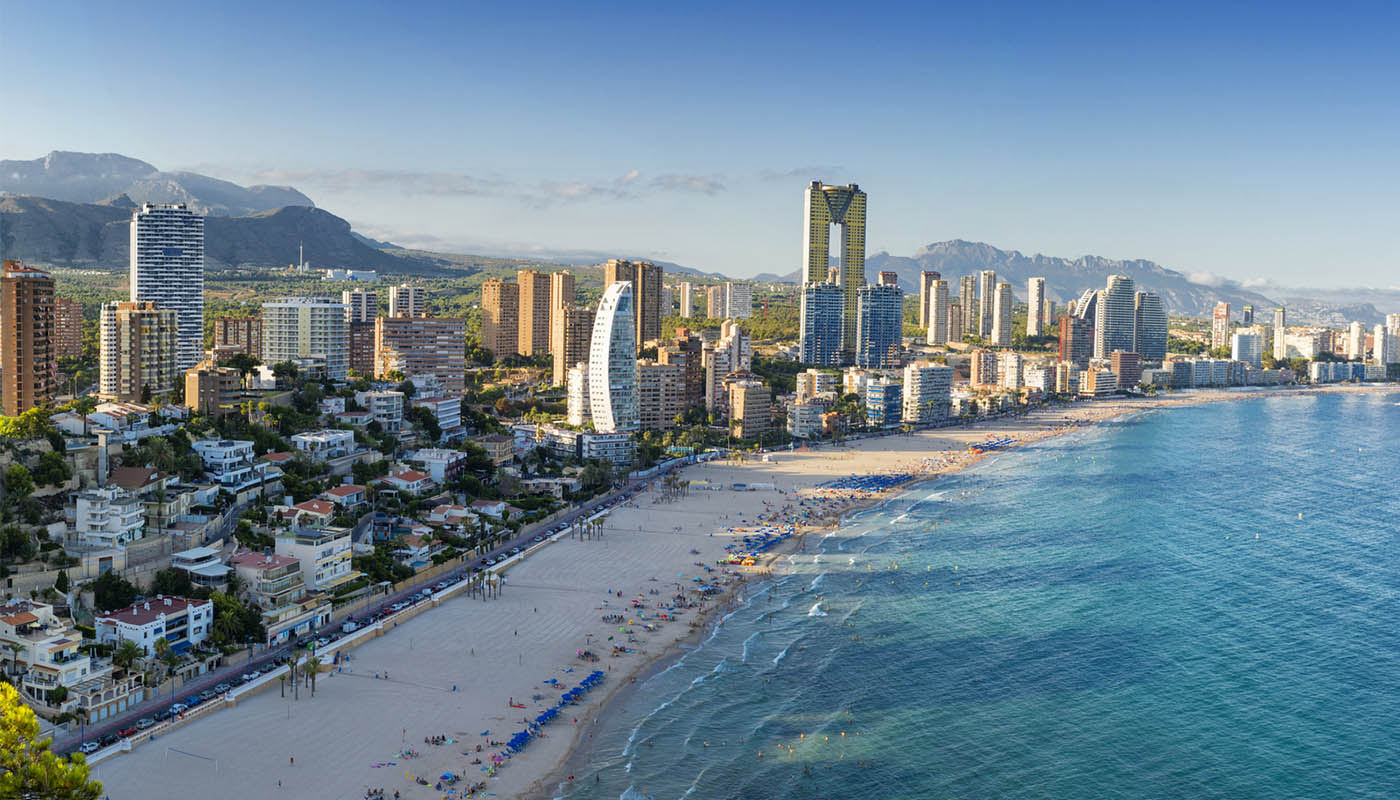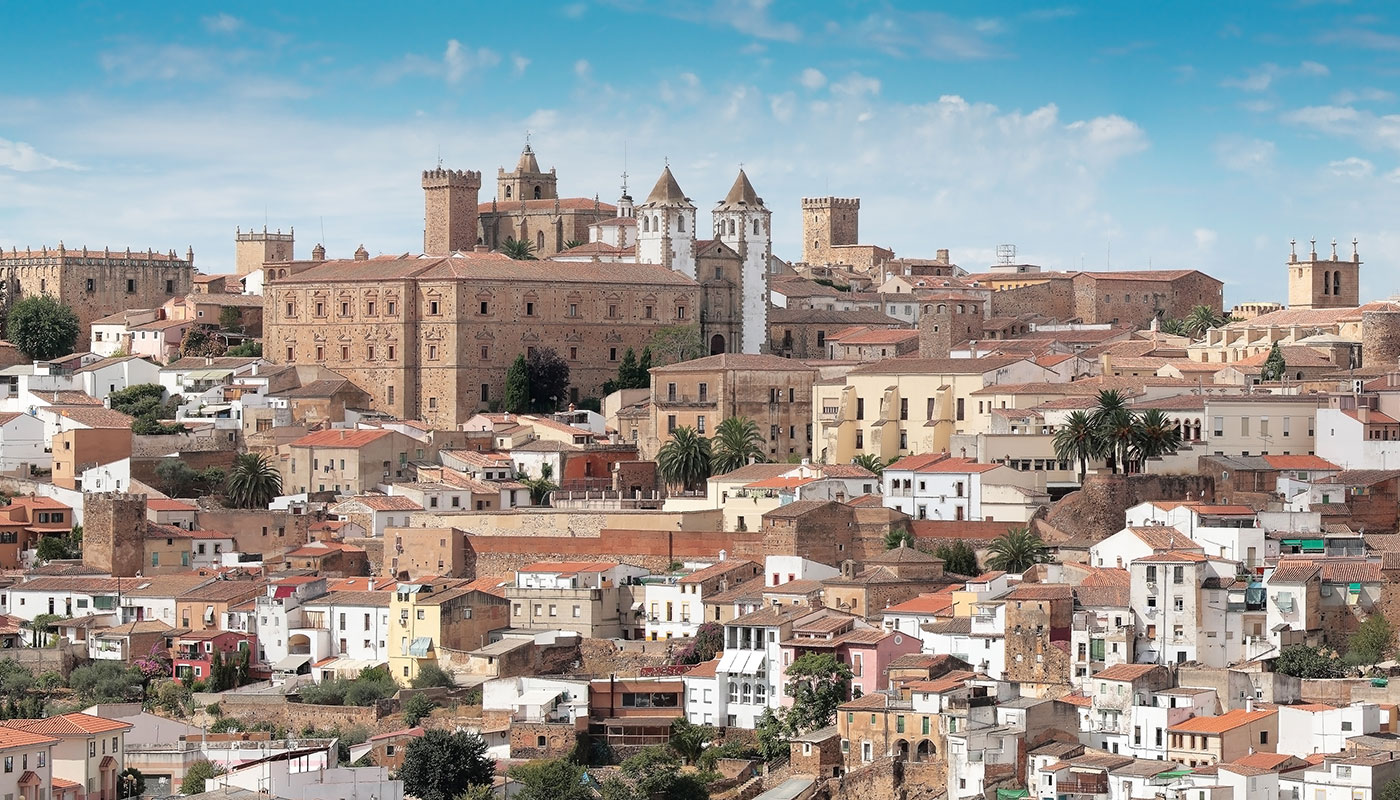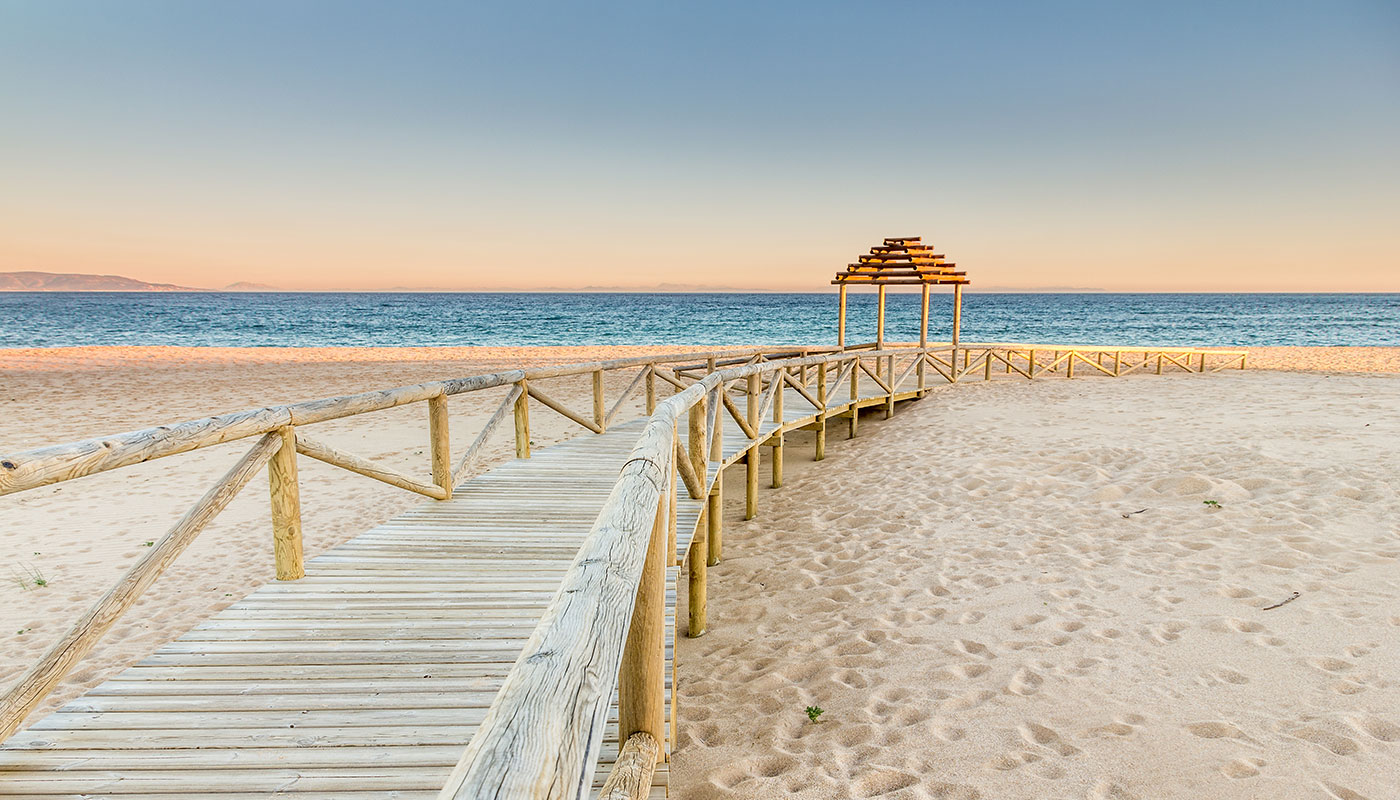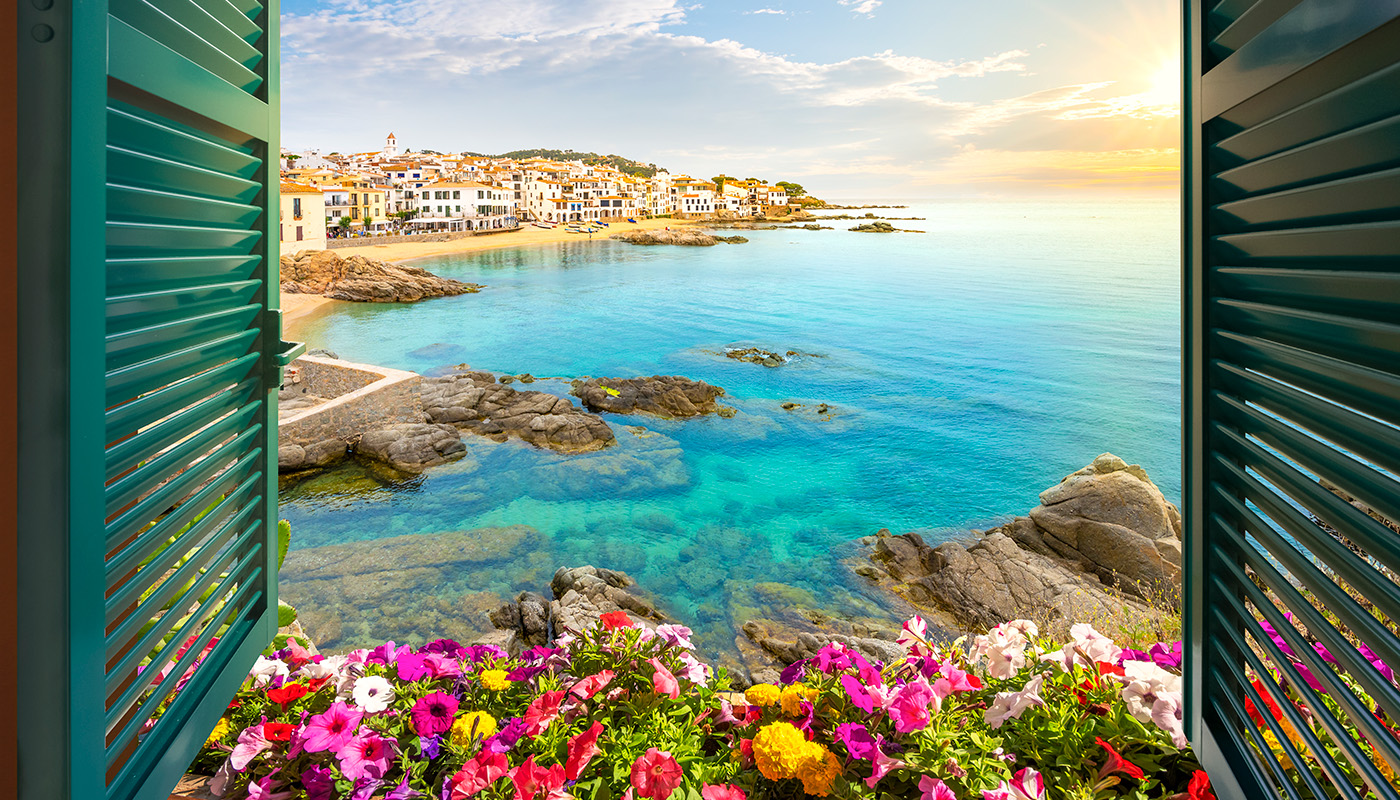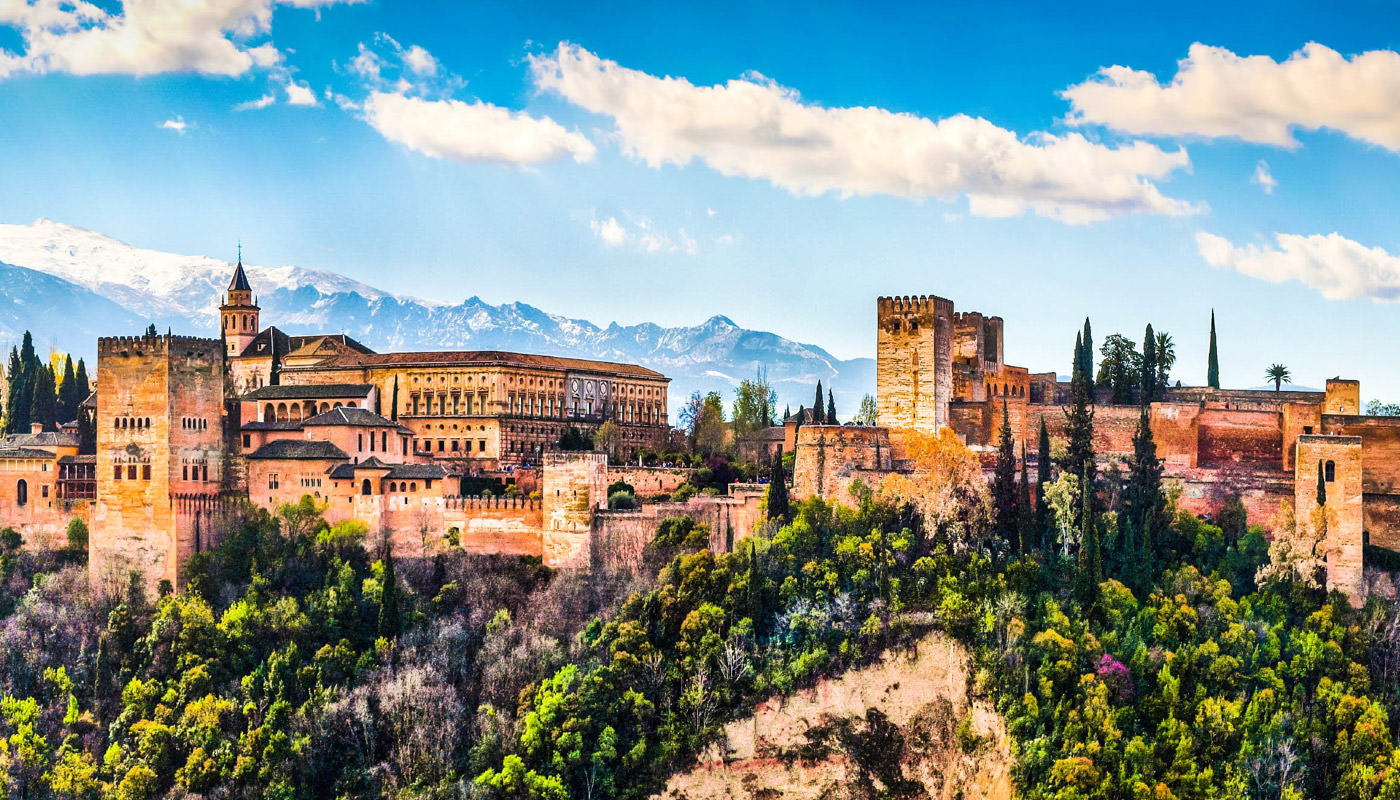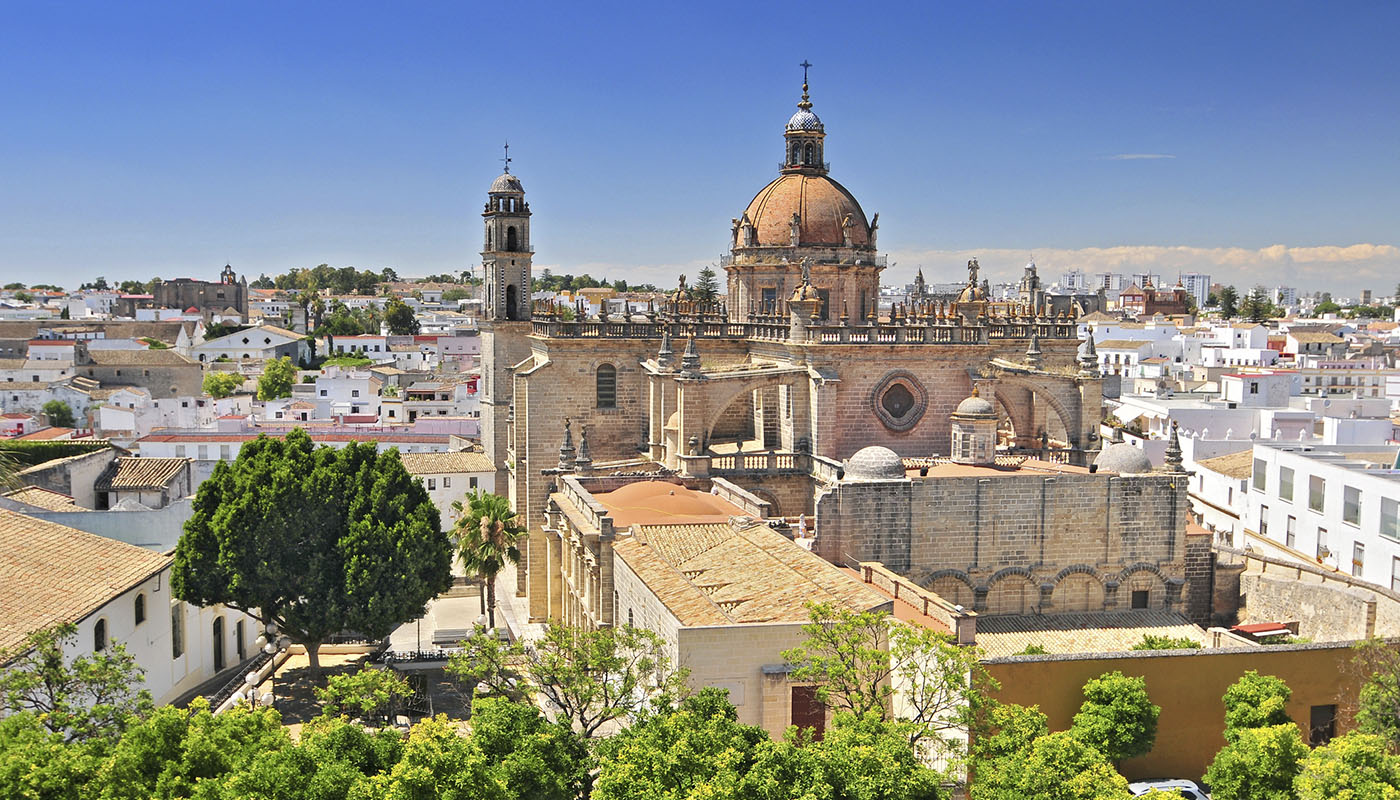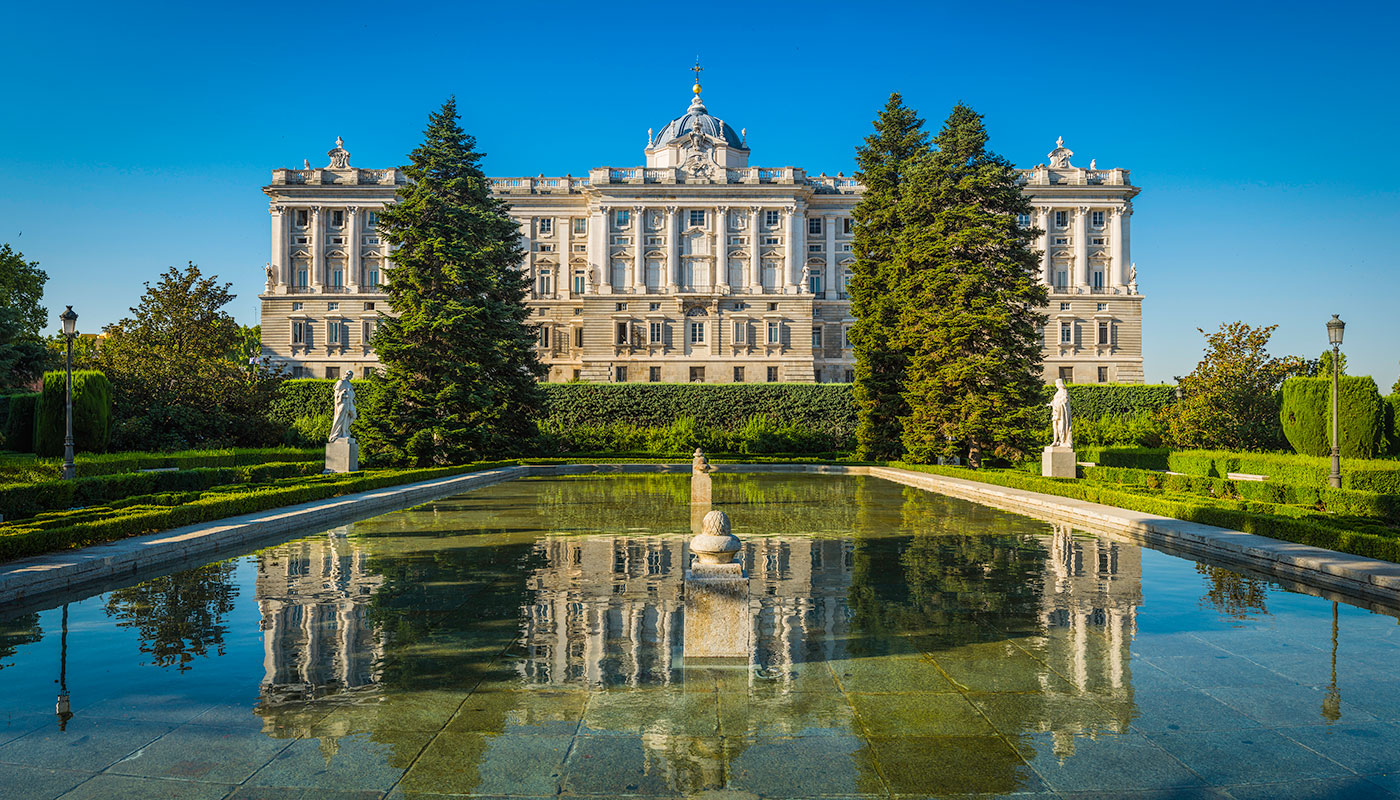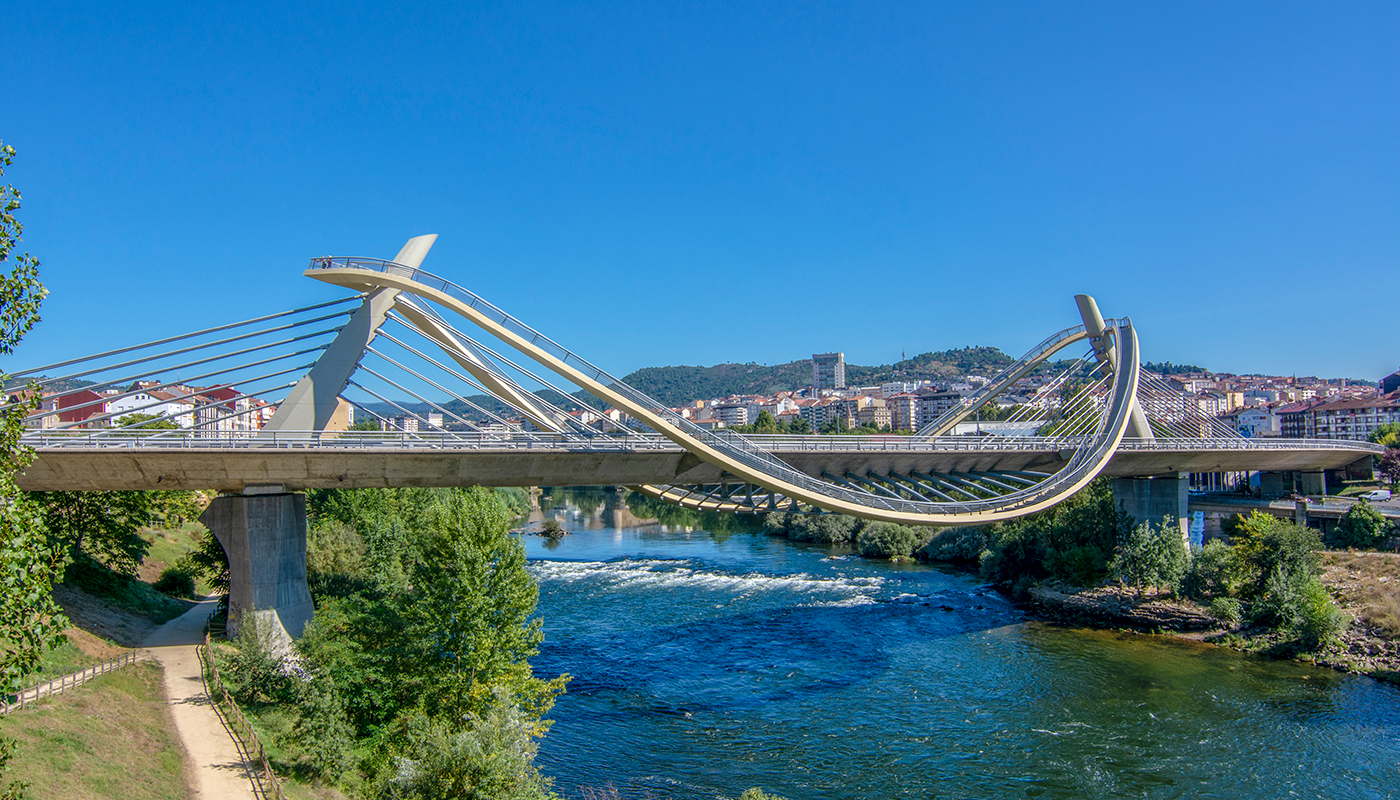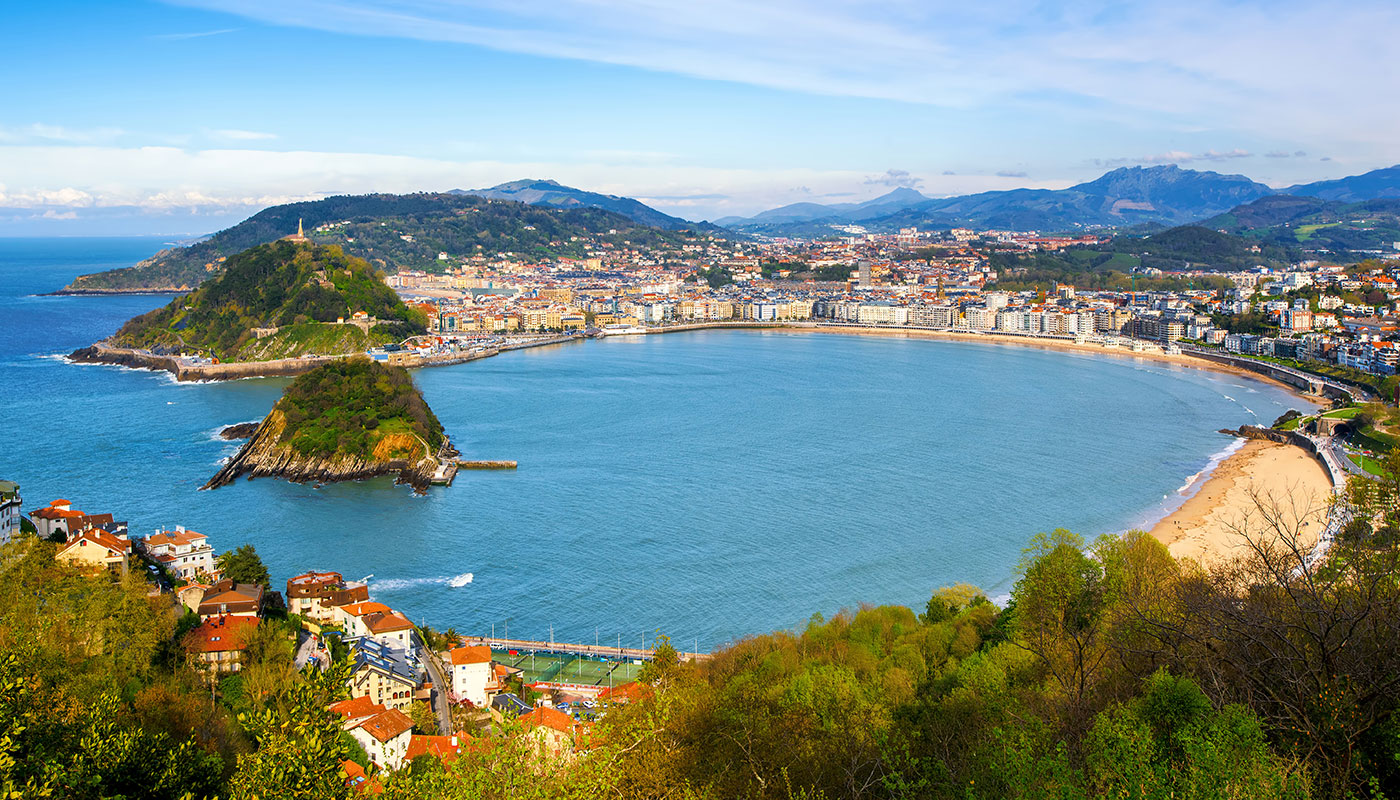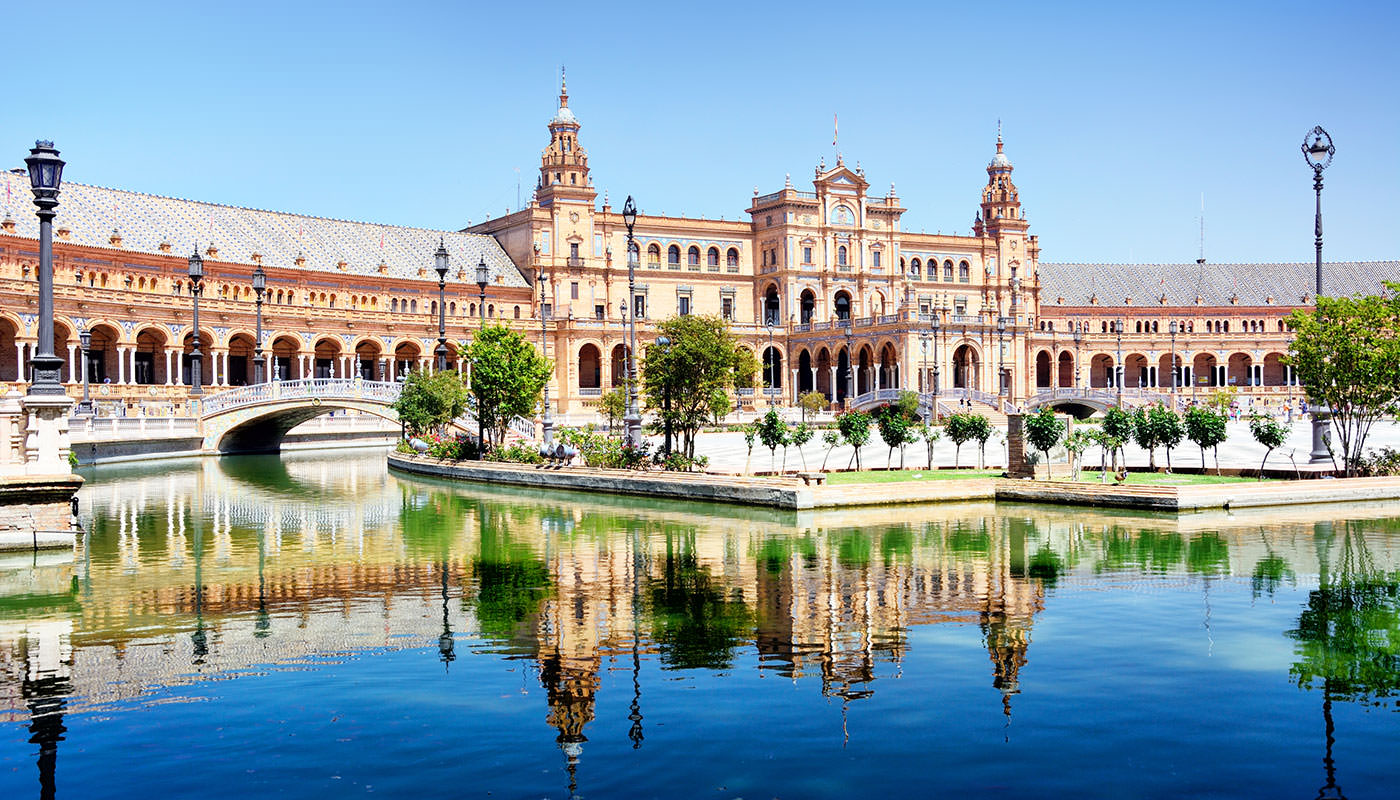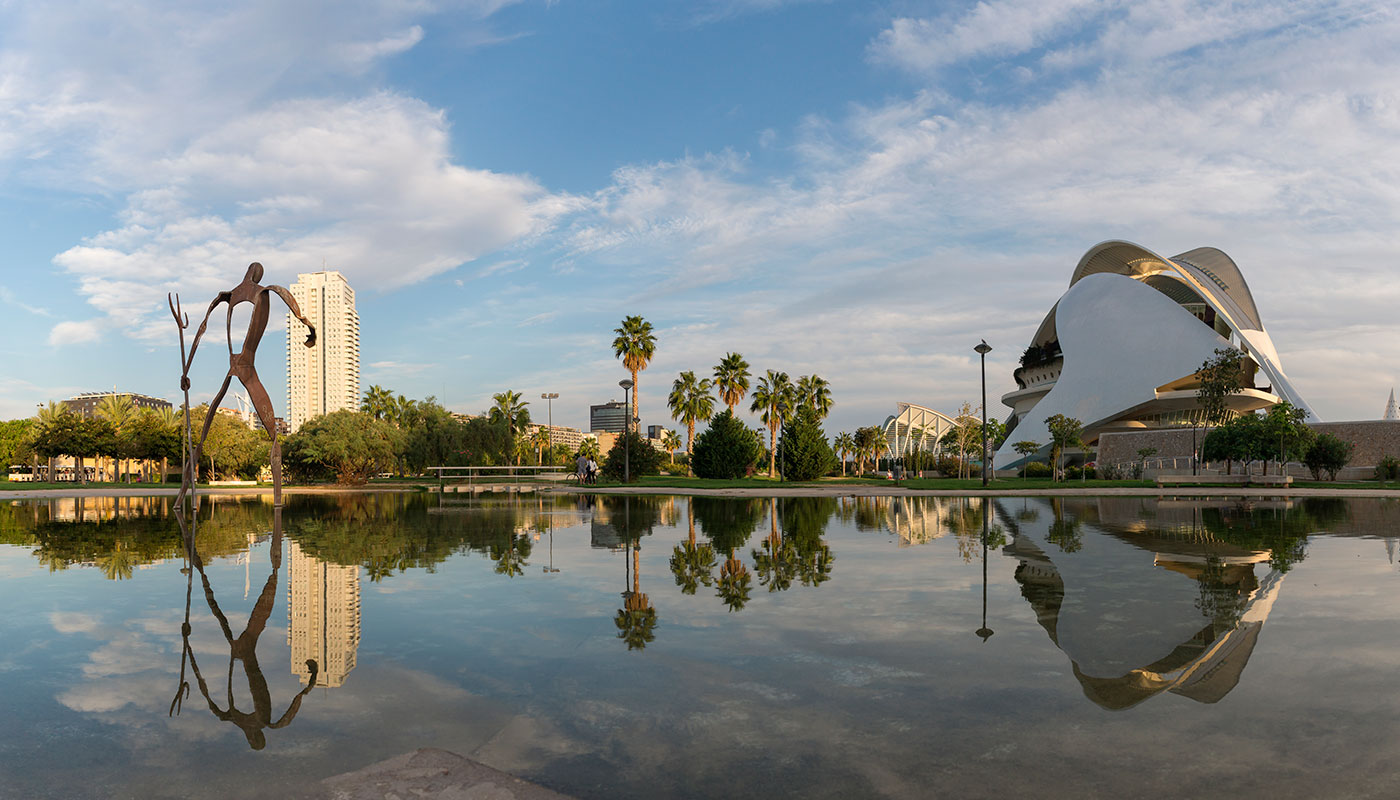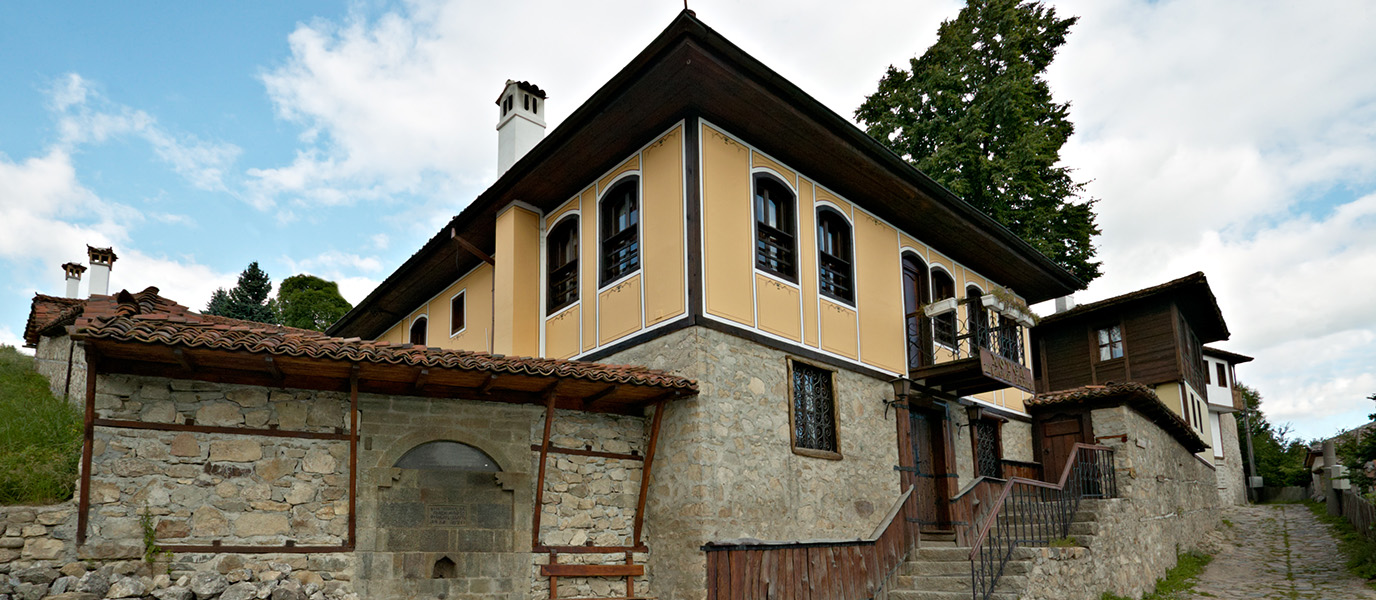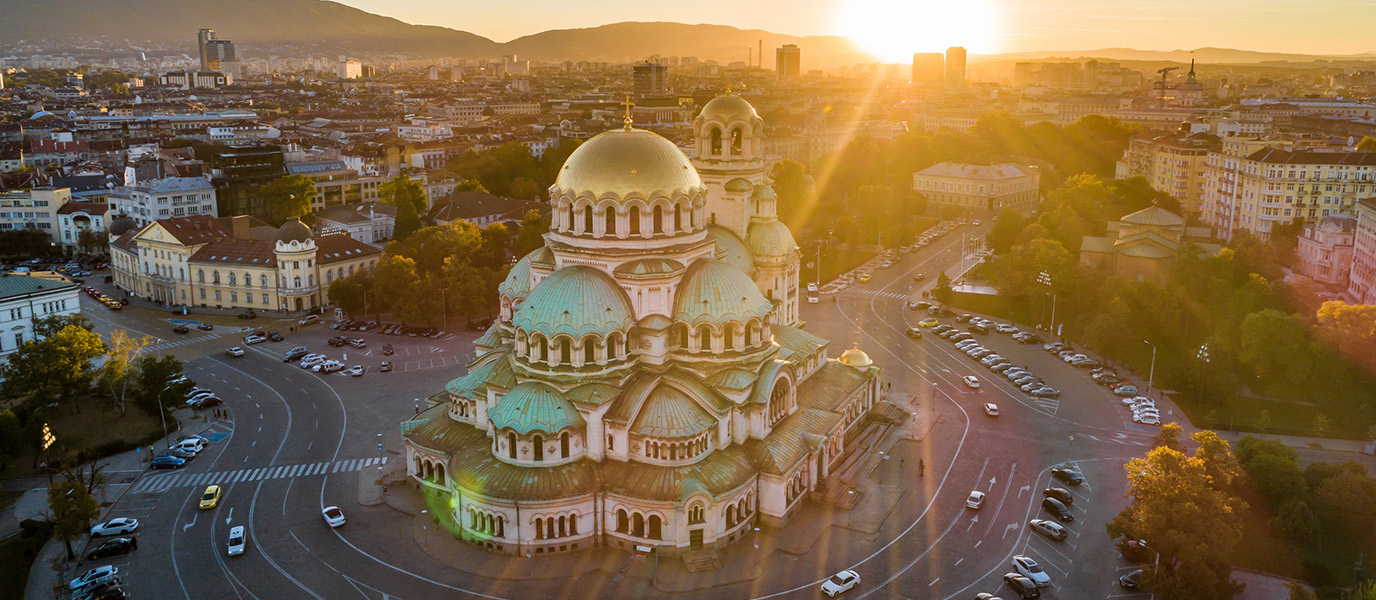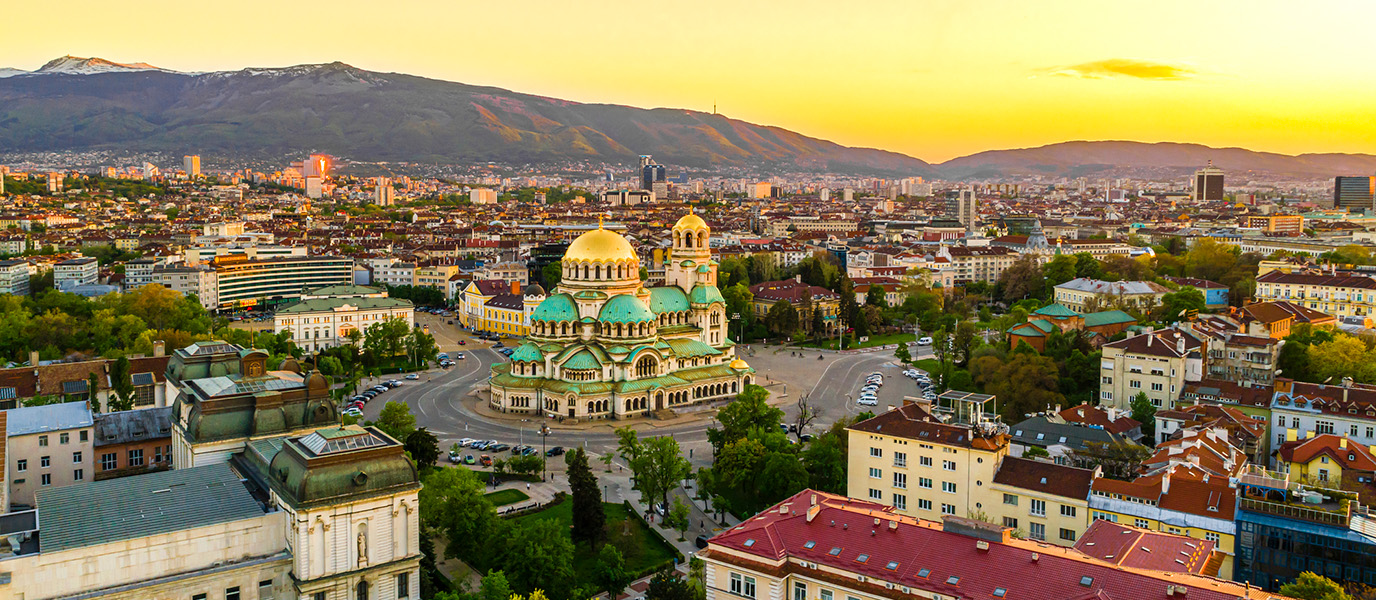Tucked away in the Sredna Gora mountains, Koprivshtitsa is one of those towns that encapsulates the spirit of Bulgaria. Known as the place where the April Uprising of 1876 against Ottoman rule was ignited, its corners preserve the echoes of heroes such as Georgi Benkovski and Todor Kableshkov, whose deeds still resonate in the air. Its nearly 400 National Revival buildings, such as Georgi Benkovsky’s House, Oslekov’s House and Kableshkov’s House, bear witness to a past of splendour and endurance, while the iconic Kalachev bridge and its folklore festivals, filled with traditional music and dance, celebrate a culture that lives on. Travelling to Koprivshtitsa is like visiting an open-air museum deeply rooted in the heart of Bulgaria’s identity.
History and location of the town: Koprivshtitsa, the birthplace of the Bulgarian revolution
Koprivshtitsa’s history is deeply linked to Bulgaria’s soul. Founded sometime in the 14th century, its name, which means ‘nettles’ in Bulgarian, evokes the harshness of the terrain that served as a refuge in times of invasion and conflict during the Ottoman Empire. Despite its humble beginnings, Koprivshtitsa became one of the hotspots for the Bulgarian National Revival in the 18th and 19th centuries, a period when Bulgaria awakened to its cultural and political identity.
The town’s strategic location between Sofia and Plovdiv made it a thriving commercial centre. Wealthy merchants built majestic houses, many of which are still standing today with their colourful frescoes and ornate details. Nevertheless, Koprivshtitsa’s importance was not limited to trade: it was also a melting pot of revolutionary thought and activity.
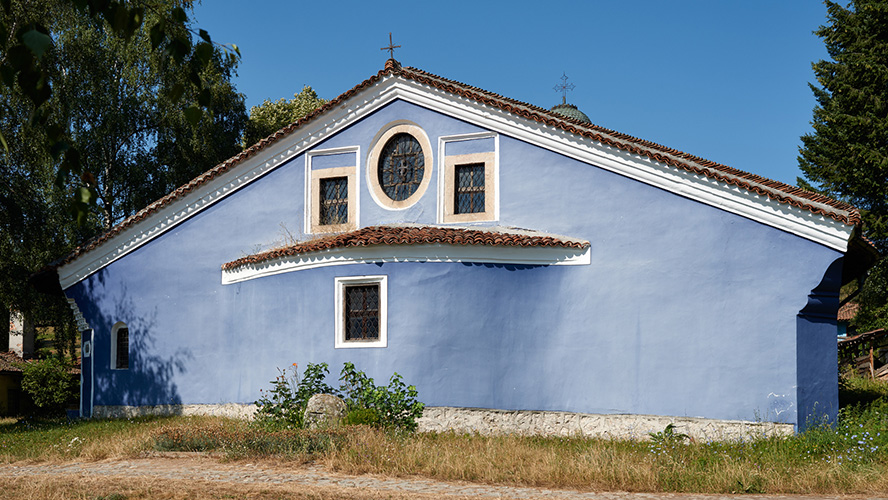
The crowning moment in Koprivshtitsa’s history came in April 1876, when it became the epicentre of the uprising against Ottoman rule. Known as the April Uprising, it began with a symbolic shot fired by the revolutionary Georgi Benkovski, which resounded as a call for freedom. Although the uprising was brutally quashed, it marked the start of an irreversible process that would culminate in Bulgarian independence in 1908.
Koprivshtitsa is now a historical treasure. Declared an architectural and historical site, it is home to more than 380 carefully restored buildings dating back to the National Revival period. Strolling through its streets is like walking through an open-air museum, where every house, church and bridge has its own story to tell. The town also keeps its traditions alive with folklore festivals, the most famous of which is held every five years and attracts thousands of visitors who enjoy typical Bulgarian dances, music and costumes.
How to get there and sightseeing tips: a quiet getaway from Sofia or Plovdiv
Koprivshtitsa is about 110 kilometres from Sofia and 90 kilometres from Plovdiv, making it an ideal destination for a day trip or weekend getaway. To get there, you can go by car, train or bus.
If you go by car, the drive from Sofia will take you approximately two hours on a road that winds through mountains and picturesque landscapes. If you prefer going by rail, you can take a train from Sofia or Plovdiv to Koprivshtitsa station, which is around 8 kilometres from the centre of town. From there, a minibus will take you to the old town.
You should spend at least a full day exploring the town at leisure, although an overnight stay will help you enjoy the quiet atmosphere when most of the tourists have left and the streets are empty. Wear comfortable shoes since the cobbled streets can be a challenge for those who are not used to them.
Another useful tip: visit Koprivshtitsa in spring or summer, when the gardens of the historic houses are in full bloom and the hills surrounding the town are a vibrant green.
What you will experience: a stroll through 19th century Bulgaria
Walking through Koprivshtitsa’s old town is like stepping into the pages of a history book where 19th century Bulgaria comes alive. Its cobbled streets are lined with house museums that not only showcase the characteristic architecture of the Bulgarian National Revival but also tell the stories of heroes, artists and intellectuals who shaped the country’s identity. Here are some of the main ones:
Georgi Benkovski’s House
Georgi Benkovski, one of the most charismatic leaders of the April Uprising of 1876, once lived in this house in the heart of Koprivshtitsa. The house, with its imposing Bulgarian Renaissance architecture, contains personal objects which provide a window into the country’s revolutionary past. They include his famous sabre, a symbol of his military leadership, as well as letters and maps detailing the preparations for the uprising against the Ottoman Empire.
One of the most poignant stories is that of the last journey of Benkovski who, after the failure of the uprising, was betrayed and killed while trying to escape along the nearby mountains. The exhibition at the house recounts not only his life, but also the patriotic fervour that inspired many Bulgarians to join the cause.
Lyuben Karavelov’s House
This house museum, which belonged to the great Lyuben Karavelov, reflects the duality of his life: a writer of profound literary works and an publisher of political journals that challenged the Ottoman regime. Karavelov founded the influential newspaper Nezavisimost (Independence), where he advocated a free and united Bulgaria.
The house contains an exhibition including his original printing press, books he published himself and manuscripts full of revolutionary ideas. One of the highlights is his desk, where many of the articles and books that ignited the spirit of the National Revival were conceived. Although Karavelov never wielded a weapon, he was a strategist whose words succeeded in mobilising thousands of people in the struggle for independence.
Dimcho Debelyanov’s House
Surrounded by a colourful garden full of lilies and roses, Dimcho Debelyanov’s house is a melancholic and poetic retreat. This home witnessed the early years of the famous poet who, despite his short life, left an indelible mark on Bulgarian literature. His poetry, charged with nostalgic emotions, captures the beauty and pain of a rural and constantly changing Bulgaria.
Among the objects on display are his original manuscripts, a portrait of his mother who inspired some of his verses and a simple bed where he rested after long days of writing. The house also has an exhibition dedicated to his life as a soldier since Debelyanov died in combat during World War I.
Kalachev Bridge: where Bulgaria’s history began
Kalachev Bridge, a stone structure spanning the river Topolnitsa, is much more than a picturesque spot in the town. It was the scene of the first shot fired in the April Uprising of 1876, marking the beginning of one of the defining episodes in Bulgarian history. According to tradition, it was there that a group of insurgents led by Benkovski confronted the Ottoman forces in an act of defiance.
Also known as the The First Shot Bridge, it has become a symbol of the struggle for freedom. As you walk along its sturdy arches, it is easy to imagine the tension of the moment: the revolutionaries hiding in the shadows, the echo of the first shot, and the confusion that unleashed an uprising that would change the country’s fate.
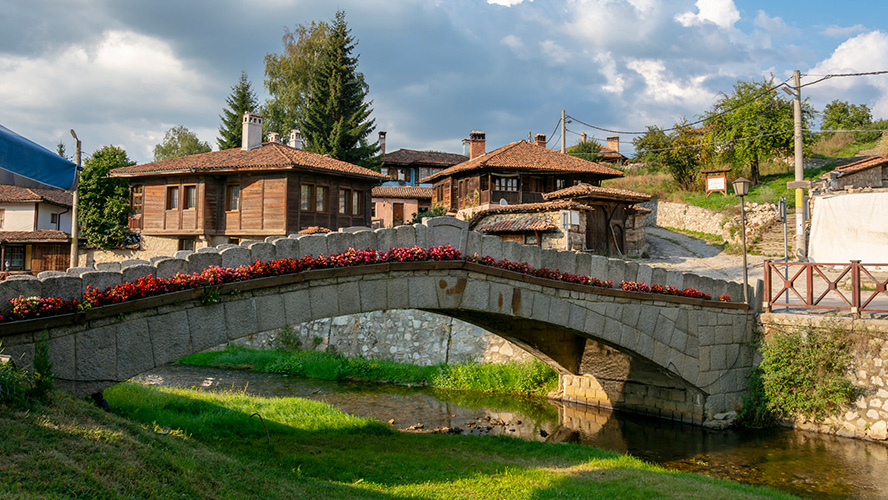
Local cuisine and where to eat: authentic dishes from the Sredna Gora mountains
A must when visiting Koprivshtitsa is to try the local food, which reflects the traditional Bulgarian specialities. The local cuisine is known for dishes such as banitsa (a cheese and egg cake) and shopska salad (a refreshing salad with tomato, cucumber and white cheese).
One of the most recommended restaurants is Pod Starata Krusha (‘Under the Old Pear Tree’), where you can enjoy homemade specialities in a cosy atmosphere. Another option is Dyado Liben, a restaurant that combines traditional recipes with an excellent selection of local wines. For those with a sweet tooth, try medenki (a honey biscuit typical of the region), which is perfect with coffee or tea.
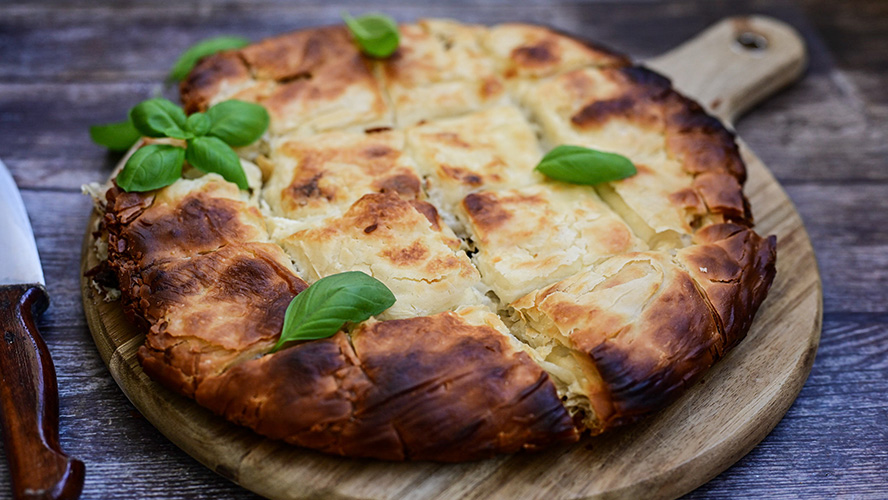
Activities and attractions in the surrounding area: from the Sredna Gora mountains to Zemen Monastery
If you have time, the area surrounding Koprivshtitsa has plenty of activities to round out your experience. The Sredna Gora mountains are ideal for hikers, with trails leading to viewpoints overlooking the valley and town.
Another interesting place nearby is Zemen Monastery, known for its unique medieval frescoes. You can also visit the town of Karlovo, famous for its rose oil production and its role in Bulgarian history. For those looking for something more active, the river Chepelare provides opportunities for fishing or simply enjoying a picnic by the water.




